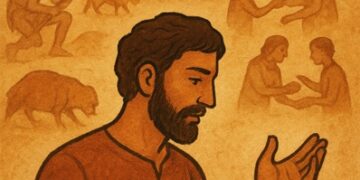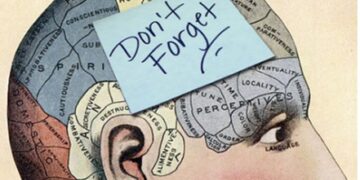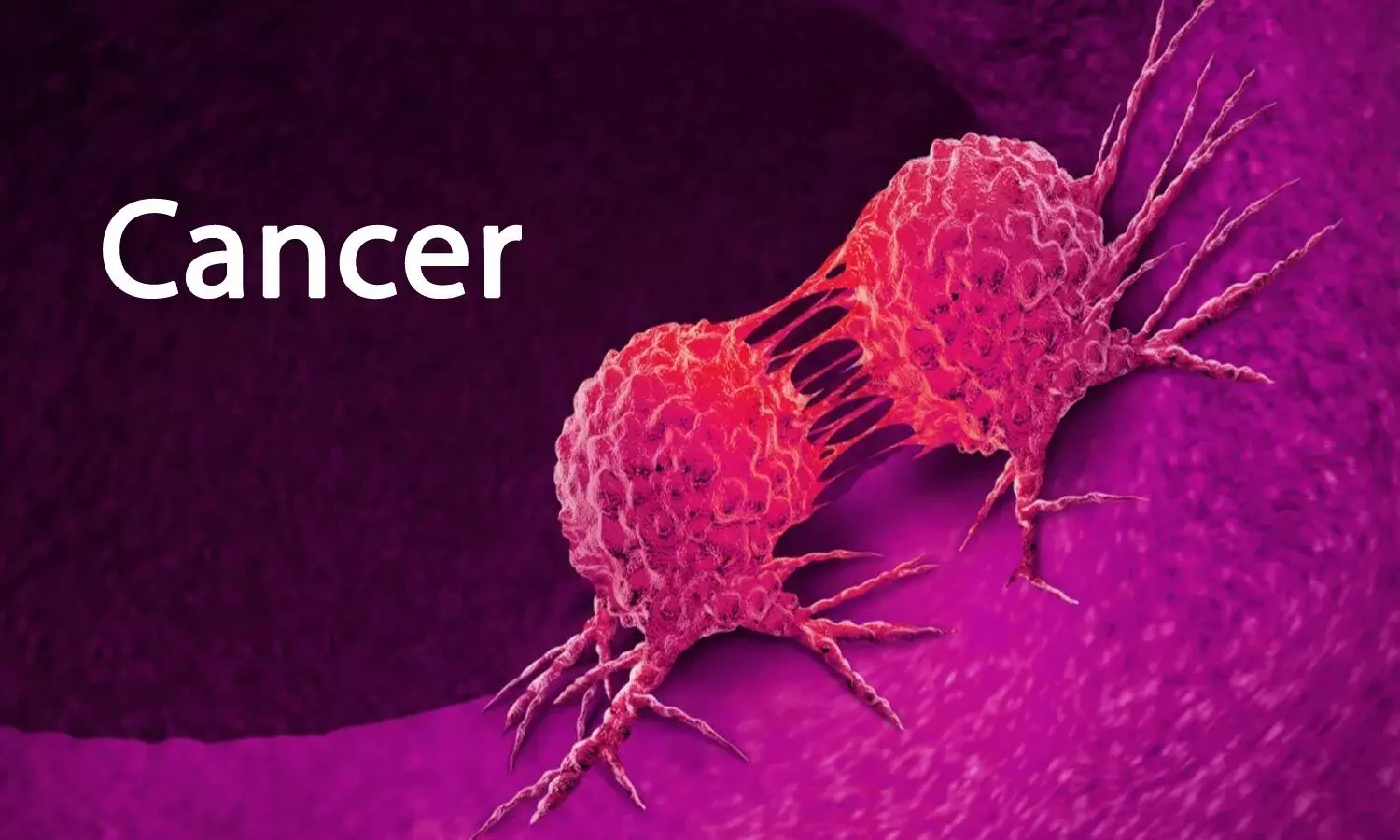Two Himalayan states. Nearly the same terrain, demography, and area. One chose classrooms, roads, orchards, and hydropower. The other chose hartals, curfews, and endless symbolism. The result today: Himachal Pradesh, with fewer natural resources, is literate, road-linked, and revenue-stable. Kashmir, with all its blessings, still wanders in circles of waste, victimhood and nonsense.
Comparative Snapshot – Himachal vs. Kashmir
| Step | Decade | Himachal Pradesh (Built) | Jammu & Kashmir (Burned) |
|---|---|---|---|
| 1 | 1980s | Literacy drive: rose from approx. 42 percent (1981) to approx. 64 percent (1991). Education became state obsession. | Rising unrest, street agitations; 1989 insurgency halted governance. |
| 2 | 1990s | Roads expanded; hydropower ramped; apple cultivation scaled; schools functional. | Hartal calendars: 198 strike days (1990), 148 (1992), 139 (1993). Schools shut, projects stalled. |
| 3 | 2000s | Literacy reached 82.8 percent (2011); hydropower became backbone; tourism boomed. | Militancy hangover; governance paralyzed; literacy only 67.2 percent by 2011. |
| 4 | 2010s | Near-universal schooling; 88 percent villages road-linked; orchard economy professionalized. | Shutdowns, curfews, symbolic politics; cold-chain, flood safety ignored. |
| 5 | 2020s | Claimed “fully literate” in 2025; apples & tourism rebound despite disasters. | No valley-wide cold-chain, no flood buffers, no school-day protection; energy wasted on hashtags. |
Decade-by-Decade Story
1980s
Himachal builds: Primary schooling push and literacy surge set in motion; by 1991 HP touched roughly 64 percent literacy (from roughly 42 percent in 1981).
Kashmir burns time: Rising street agitations and political volatility culminate in the 1989 insurgency – state capacity begins its long retreat.
1990s
Himachal builds: A decade of roads, schools, and hydropower ramp-up – HP leans into its rivers; apple horticulture scales steadily.
Kashmir burns time: Hartals eat the calendar – 198 strike days in 1990, 148 in 1992, 139 in 1993 – paralyzing public works, schooling, and commerce.
2000s
Himachal builds: Literacy crosses 82.8 percent by 2011; roads push deeper into valleys; hydropower becomes fiscal backbone; tourism scales up.
Kashmir burns time: Militancy’s long tail keeps investment risk high; governance bandwidth diverted to law-and-order; by 2011 J&K literacy lags at roughly 67.2 percent.
2010s
Himachal builds: Near-universal schooling; aggressive PMGSY penetration; 88 percent villages road-linked. Horticulture professionalizes; tourism peaks pre-COVID.
Kashmir burns time: Stop-start politics, repeated shutdowns and curfews neuter continuity in projects; conflict costs pile up in lost school days.
2020s (to date)
Himachal builds: Despite floods/landslides, apples, hydropower and tourism keep bouncing back; “fully literate” milestone claimed in 2025.
Kashmir burns time: Endless energy on symbolism and street theatre; precious little on orchard logistics, cold-chain, flood safety, or all-weather connectivity.
The Scorecard Kashmir Should Have Matched
- Literacy: HP rose from roughly 8 percent post-Independence to roughly 99 percent by 2025; J&K still trails.
- Hydropower: HP harnessed roughly 10.5 GW; Kashmir’s potential still lies untapped.
- Roads: HP has 88 percent villages road-connected; Kashmir still struggles with linkages.
- Orchards: HP expanded apples to 115,000+ ha; Kashmir never created robust cold-chain.
- Tourism: HP monetized its landscape; Kashmir’s is held hostage to instability.





